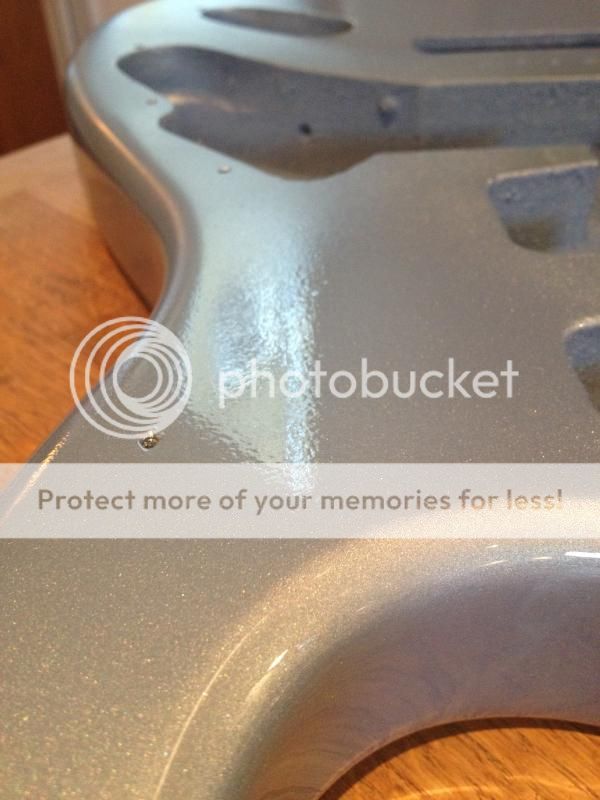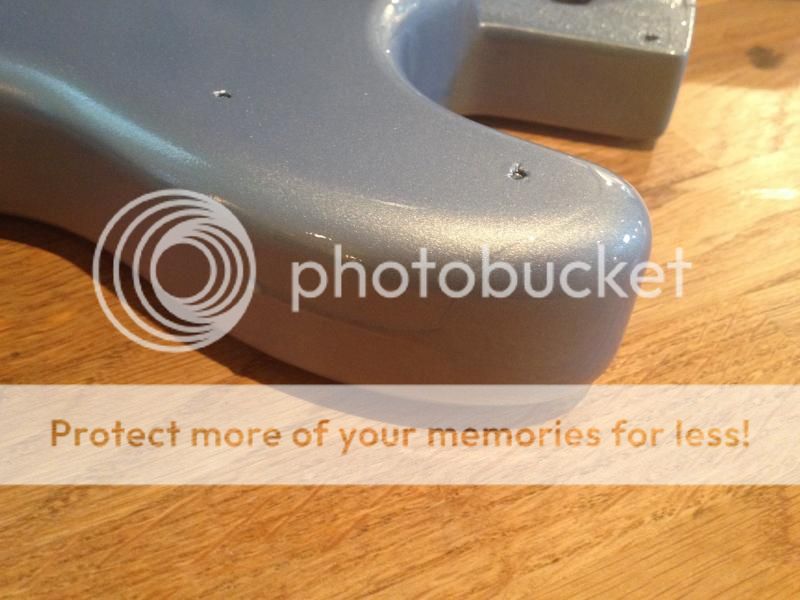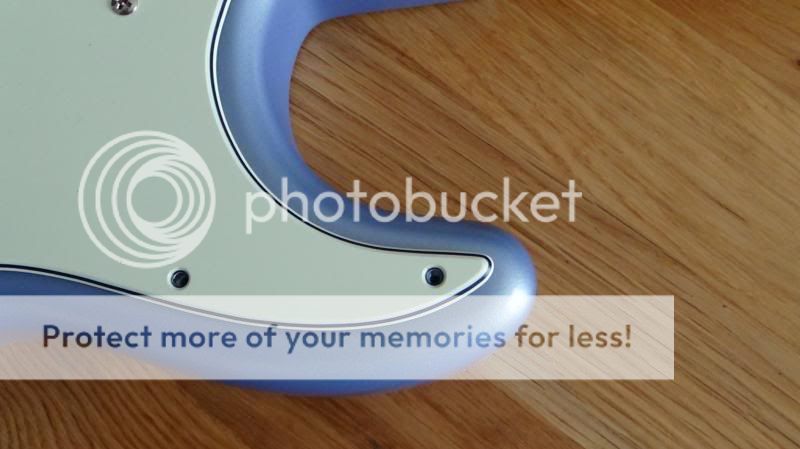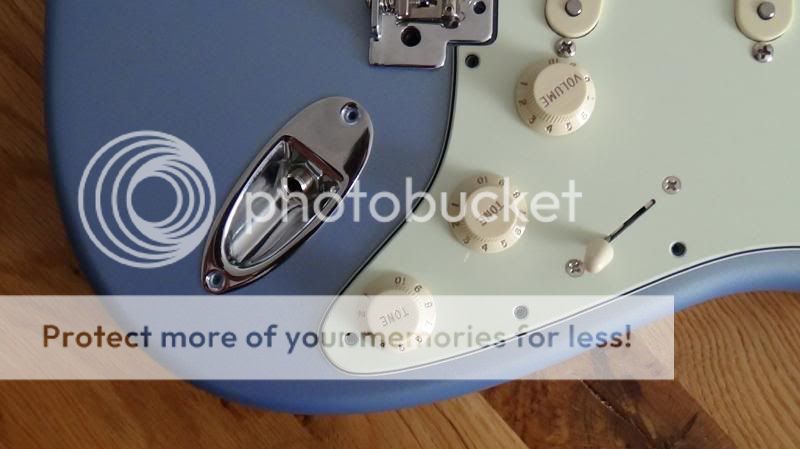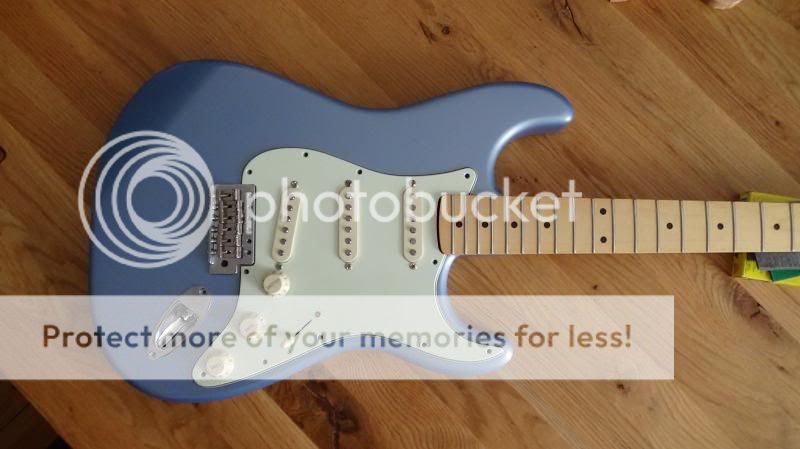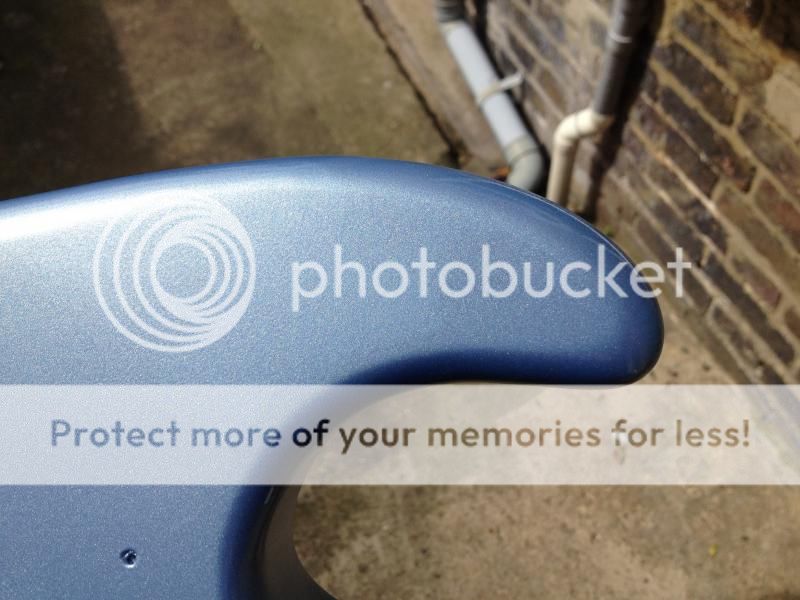Not to take it all out on you, there are (hopefully?) lurkers sniffing these here parts & annotating the witticisms, if nothing else... when you DO get a big wet slimy paint zit (I didn't say if...) it needs to be corrected, it WILL be corrected, so to get all willful & "pro-active* the best thing you may temporarily do is mess it up to speed the drying. Spike it with a needle, flatten it out, even maybe scoop some pus out with a toothpick/paper towel apparatus, you're just hurrying it's date with doomsday.
And of course anytime with sharp pointy things or scraping away, you'll have the best result if you support the scraper tip with as many fingers as possible. Make sure the bodies (you AND the git's) are more-or-less stable where they are and manufacture a temporary little wood-plane body out of a few thumbs and two or four fingertips. Another one of those little things where consistency-in-movement is far more important than sheer "efficiency". World's best practice? - Drop-filling neck dings with superglue + scrapy-scrapy. Neck dings make me a little PSYCHO... and it's all good practice for thinking/seeing in hundredths of mm's and thousandths of "'s.
And, of course :icon_thumright: it's another one of those things where, the best results come from supporting the scraper with as much meat as possible which, kind-of runs smack-dab into the fact that people are big oily bags of grease leaking all over their intended and you should really never ever even touch your guitar - for "best results." Hey, I don't write these plots, just read 'em. Come back as an earthworm next time, where all you have to worry about is... rainstorms, and kittens, and lawnmowers, and magnifying-glass wielding evil little childr... well o.k. never mind. I almost landed the next one as "fat yellow housecat" but the only placement open was with a yappy little black... thing, still checking "poodle recipes."
You CAN now buy big bags of super-cheap white cotton gloves made out of t-shirt stuff, or sew/tape/fold your very own "mask" out of T-shirts(!) a little hole in the middle to spelunk through, or thin cardboard with a hole wrapped in t-shirt rags etc. I found an egg spatula in the kitchen with a round, slotted, plastic flipper part. Which is more fattening? - Eggs? Or rock 'n' roll?
*(don'...do...d.d.d...) :help:
